One of the most important tools that installers have to ensure correct mounting of power transmission components is the torque wrench, and yet, this tool is used far too rarely in these installations. Invented in 1918 by Conrad Bahr, the torque wrench is a tool that allows the user to set and verify a desired torque value. It is a tool that can be critical to the proper installation of such common power transmission components as belt drives, couplings, clutch/brakes, gears and a variety of other components.
For products such as open gearing, set collars or clutch/brakes, it is common for the unit to be mounted to the shaft with a keyway and set screws that hold the unit in place. If the set screws are not set tightly, the component can loosen and vibrate out of position with a variety of negative results as a consequence.
For components such as belt drives, proper installation with a torque wrench can be a factor in achieving the best possible life from the belts and sheaves.
For couplings, the use of a torque wrench may simply ensure that the unit stays in position. As a result, correct use of a torque wrench when securing couplings also plays a significant role in safety and can even help avoid a potentially deadly accident.
Belt Drive Installation
When installing belt drives, it is important to tighten the sheave bushing to the proper torque. Doing so ensures that the sheaves are located properly. Proper installation and location of belt drives can have impact on unit life as well as unit efficiency.
Proper installation of the sheave and bushing is a relatively simple process, and most experienced maintenance staff can perform the task easily. There are, however, a couple of key points that need to be made. First, lubricant should never, repeat never, be used with bushings. Lubricating the bushing may seem like it will allow the fasteners to tighten more easily. It will… but too much. Lubricating the fasteners will multiply the torque applied and commonly will exceed the strength of the bushing, causing the bushing to crack. That crack and the resulting loss of clamping force on the shaft may not be apparent until a system comes up to speed. At that point, the looseness of the bushing may result in sheaves moving, belt damage and other undesirable results.
Installing and tightening the bushing for a belt drive is key to capturing both the full performance of the belts as well as achieving full belt drive life.
If the bushings are not torqued properly, it is likely that the sheave will be out of position. Fig. 1 shows this in a slightly exaggerated way.
Having belts out of alignment will mean that they will transmit torque inefficiently and, therefore, cause the motor to work harder to achieve the application requirement. Put simply, it costs more energy to run misaligned belts.
In addition to running inefficiently, belts that are misaligned will wear faster on one side of the belt and groove, resulting in lower belt life and worn sheaves. Again, it costs more to run misaligned belts.
Using a torque wrench and following manufacturer’s guidelines for tightness will assist in ensuring that bushings, sheaves and belts are aligned to the manufacturer’s specifications and that the system will achieve the desired levels of performance and life.
Coupling Installation
When considering couplings, applying the proper level of torque is both good practice to ensure couplings stay in position and also good safety practice. Like open gears, set collars, clutches and similar devices, couplings are subjected to a range of vibration and shock as a matter of machine operation. Properly tightening hubs onto the shafts ensures that couplings stay in position. A loose coupling hub under vibration can easily contribute to key and keyway wear that can mean significant re-work in the future. Consider a shaft with a damaged keyway and the expense of replacing it simply because the coupling hub was loose.
For some couplings, proper tightness is a matter of safety. Consider gear, grid or similar couplings which have a cover that encloses the coupling elements (see Fig. 2).
The fasteners that hold the cover in place must be tightened to the proper torque specification to ensure the fastener is seated properly and will stay in place under rotation and vibration. Consider the consequence of that cover becoming loose and becoming a projectile. It doesn’t take a stretch of the imagination to see how a coupling cover that breaks free of a 1750 RPM shaft can easily become a life-threatening event. Elastomeric couplings also must be tightened properly to be installed properly. Fig. 3 shows an over-tightened hub from a TB Wood’s Dura-Flex® coupling.

Figure 3: Damaged TB Wood’s Dura-Flex coupling due to over-tightened hub.
The installer over-tightened the fastener to the point that the sleeve cracked on the hub. Over time this sleeve will move and could become loose. The Dura-Flex is an example of a coupling where the fasteners provided are designed to ensure that they stay in position and hold the sleeve firmly to the hub. Ridges on the fasteners engage the sleeve material and lock in place. But the fasteners will only do so if torqued to the proper tightness. Failing to torque the bolts correctly can mean that the sleeve will be loose and could become a danger to those working around the machines.
It is tempting to believe that we are so precise in our muscle control that we know how to tighten fasteners to a specific value. Proper use of a torque wrench and attention to manufacturer’s torque specifications can ensure a properly functioning, long-lasting and safe installation.

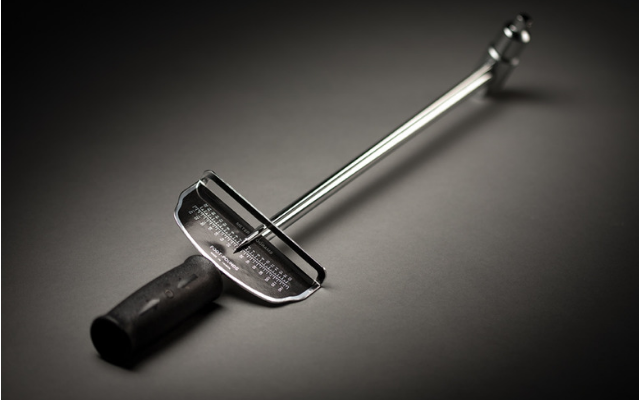
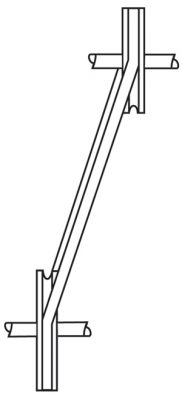
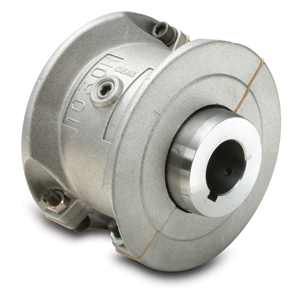
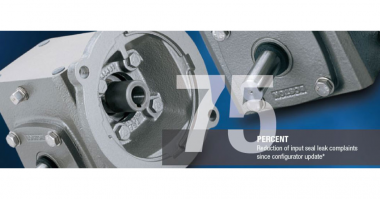
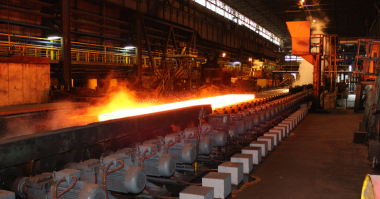
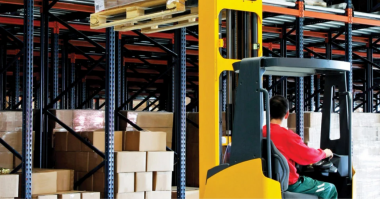
Comments